When it comes to taking care of our adorable, tiny furballs, their diet plays a crucial role in ensuring they live a long, happy, and healthy life. Feeding your hamster the right food is not just about keeping them full; it’s about providing them with the nutrients they need to thrive. Let’s dive into the essential components of a hamster’s diet, from pelleted foods to the foods you should avoid.
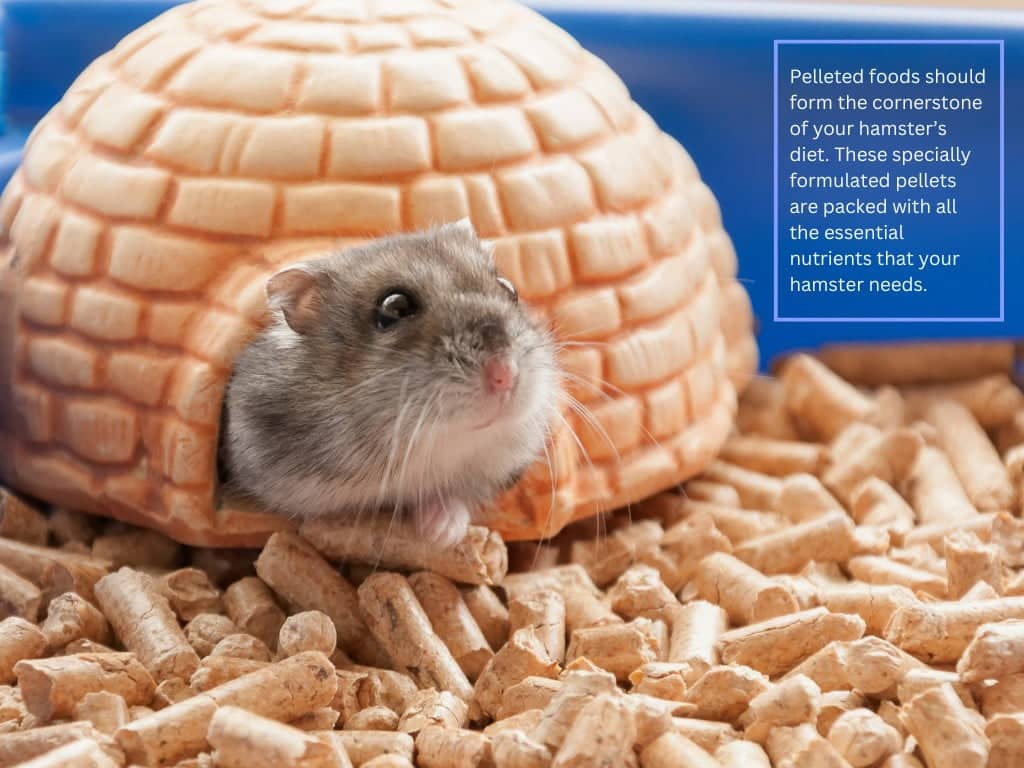
Essential Pelleted Hamster Foods
Pelleted foods should form the cornerstone of your hamster’s diet. These specially formulated pellets are packed with all the essential nutrients that your hamster needs. They prevent selective feeding, where your hamster might pick out their favorite parts of a seed mix and leave the rest.
By providing a balanced diet in every bite, pellets ensure your furry friend gets a bit of everything they need.
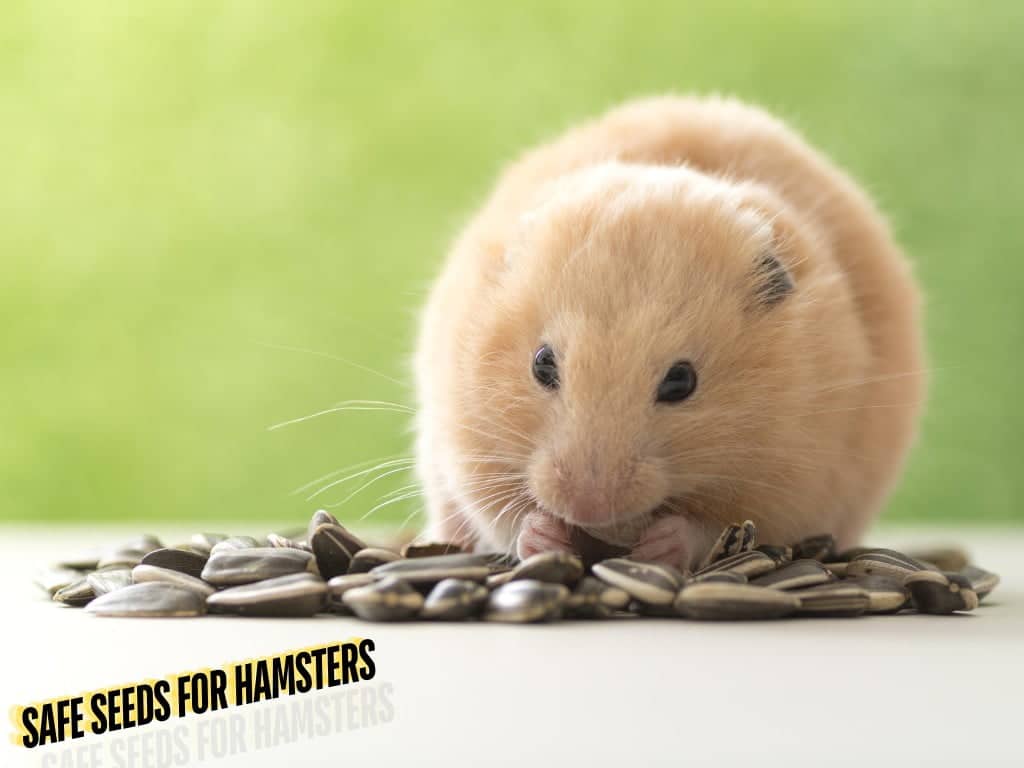
Safe Seeds for Hamsters
Hamsters love seeds, and they can be a healthy part of their diet when chosen carefully. Safe seeds for hamsters include sunflower seeds, pumpkin seeds, and flaxseeds. These seeds are not only tasty but also provide essential fats and proteins.
However, moderation is key because seeds are high in fat and can lead to obesity if overfed.
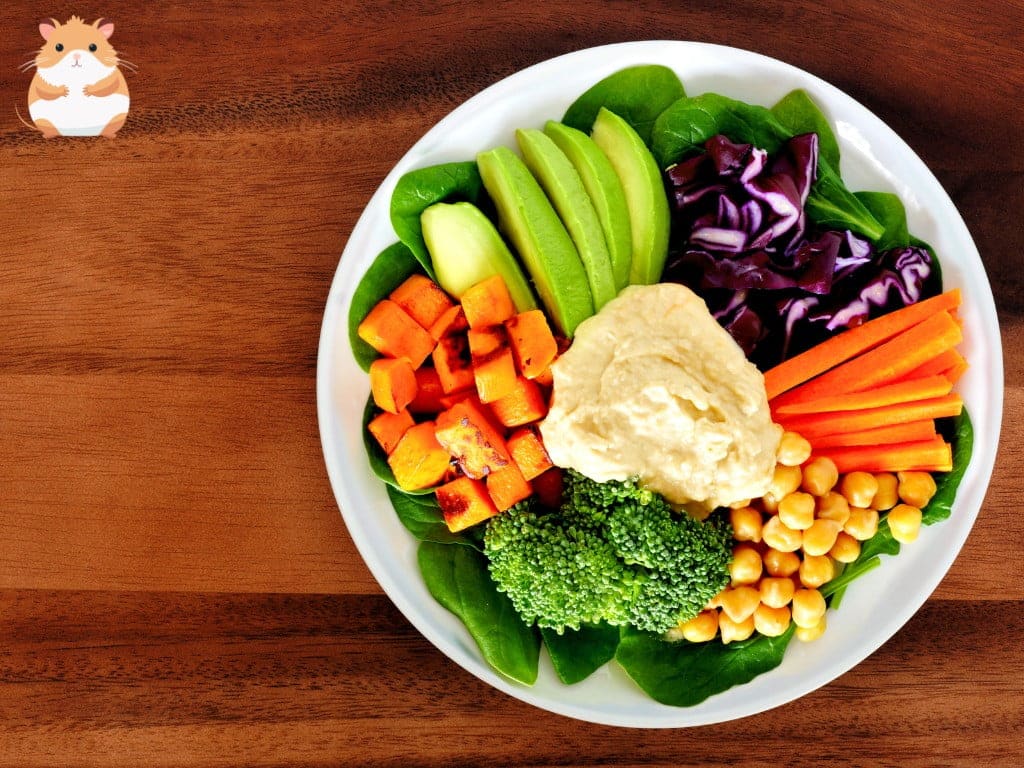
Nutritious Fresh Foods for Hamsters
Just like us, hamsters enjoy a variety of fresh foods. Fresh vegetables like carrots, broccoli, and cucumbers can be excellent additions to their diet. Fruits such as apples (without seeds), bananas, and berries can be given in small amounts. These fresh foods provide vitamins and hydration, keeping your hamster happy and healthy.
Remember to introduce any new food gradually to avoid upsetting their stomach.
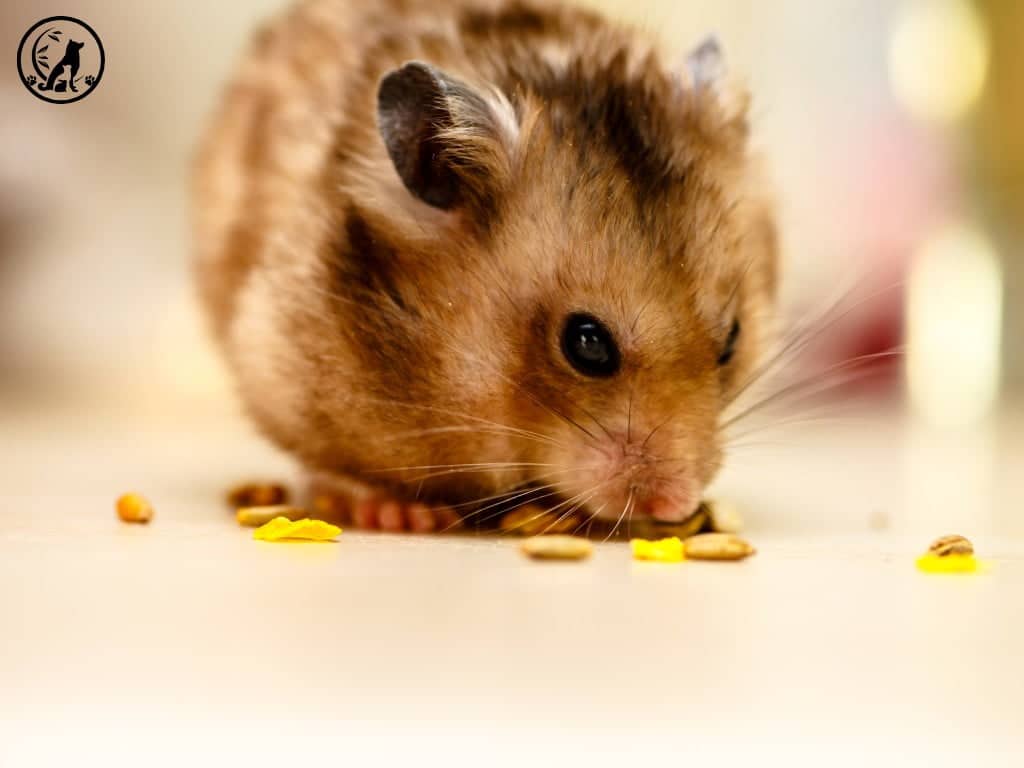
Including Grains, Nuts, and Protein in Your Hamster’s Diet
Grains like oats and barley are great for hamsters, providing necessary fiber and energy. Nuts such as walnuts and peanuts (unsalted and unflavored) can be given as occasional treats. Hamsters also need protein, which can be provided through small amounts of cooked chicken, mealworms, or tofu. This protein is essential for their growth and overall health.
Foods to Avoid Feeding Hamsters
While there are many foods that are great for hamsters, some should be strictly avoided:
- Apple Seeds: These contain cyanide, which is toxic to hamsters.
- Raw Beans: They are difficult to digest and can be harmful.
- Raw Potatoes: Contain toxins that can upset your hamster’s stomach.
- Almonds: Bitter almonds contain cyanide and should be avoided.
- Citrus Fruits: Too acidic for hamsters, can cause digestive issues.
- Garlic and Onions: Both are toxic and can cause blood disorders.
- Rhubarb Leaves or Raw Rhubarb: Highly toxic to hamsters.
- Chocolate: Contains theobromine, which is harmful to hamsters.
- Sugary or Salty Foods: Can lead to obesity and other health issues.
- Junk Food: Offers no nutritional value and can harm your hamster.
- Red Meat: Difficult to digest and not suitable for hamsters.
Crafting the Best Hamster Diet
To craft the best diet for your hamster, think of it as a balanced mix of pellets, fresh foods, and occasional treats. Start with high-quality pellet food as the mainstay. Add in fresh vegetables and fruits in small amounts, and supplement with safe seeds, grains, nuts, and protein sources. Always keep fresh water available and monitor your hamster’s weight and health to adjust their diet as needed.
Cost of Hamster Food
Feeding your hamster a balanced diet doesn’t have to break the bank. On average, a bag of high-quality pellet food costs around $10-$15 and can last for a month or more. Fresh vegetables and fruits are usually inexpensive, especially if you’re already buying them for your own meals. Treats like nuts and seeds are also affordable, especially when given in moderation.
Recommended Feeding Amount for Hamsters
Hamsters don’t need a lot of food. Typically, 1-2 tablespoons of pelted food per day are sufficient for an average hamster. Fresh foods and treats should be given in small amounts, ensuring they do not exceed 10% of the overall diet. Regularly check their food stash to ensure they’re eating everything and not hoarding too much.
In conclusion, taking care of your hamster’s diet is all about balance and variety. By providing a mix of pelted food, fresh veggies and fruits, and the occasional treat, you’re ensuring your little buddy stays healthy and happy. Watching your hamster munch away with delight will be a rewarding experience for both of you. Remember, a full-fed hamster is a happy hamster!


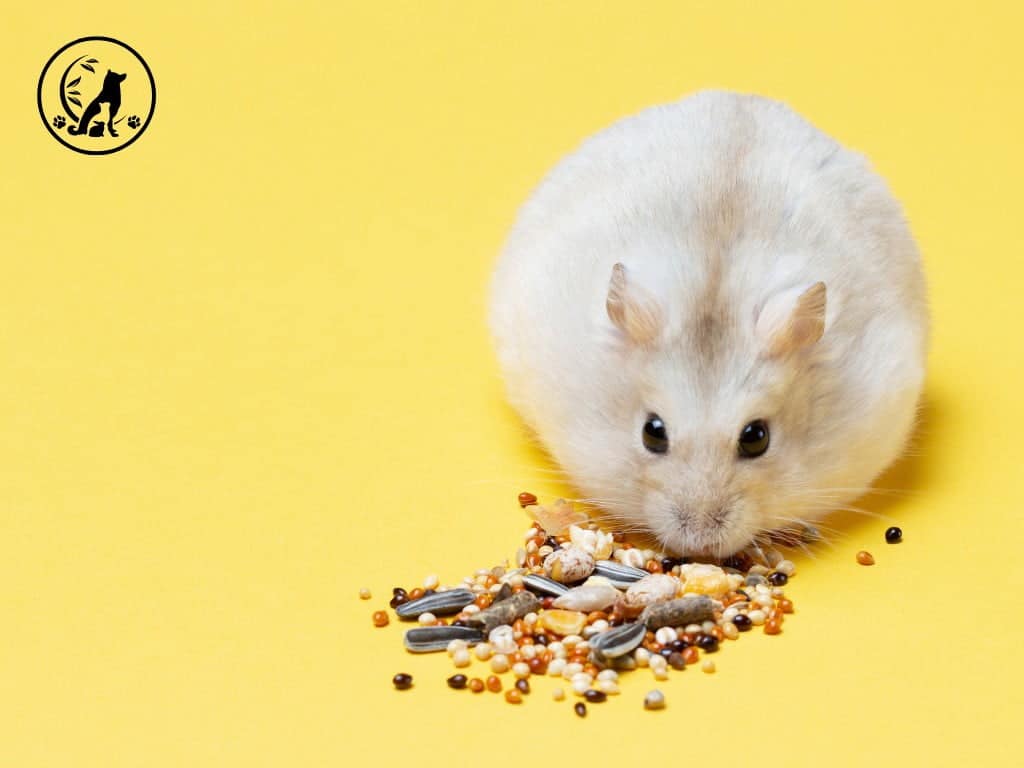

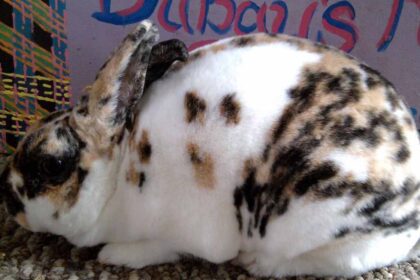
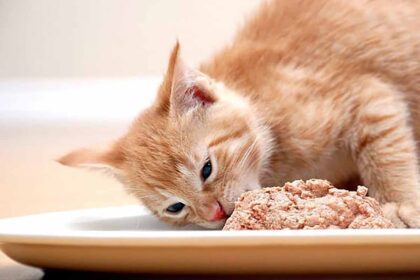
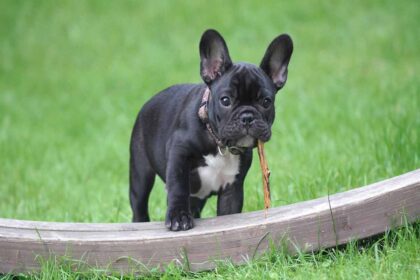


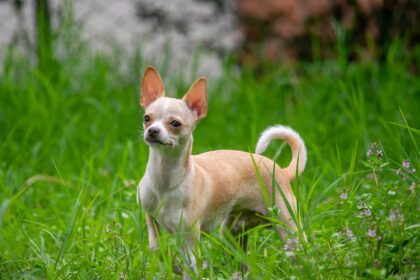

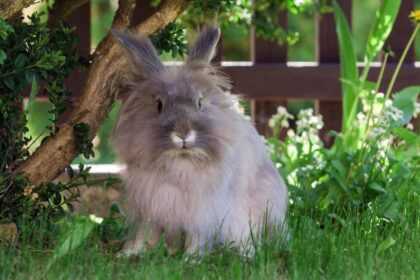


Comments are closed.